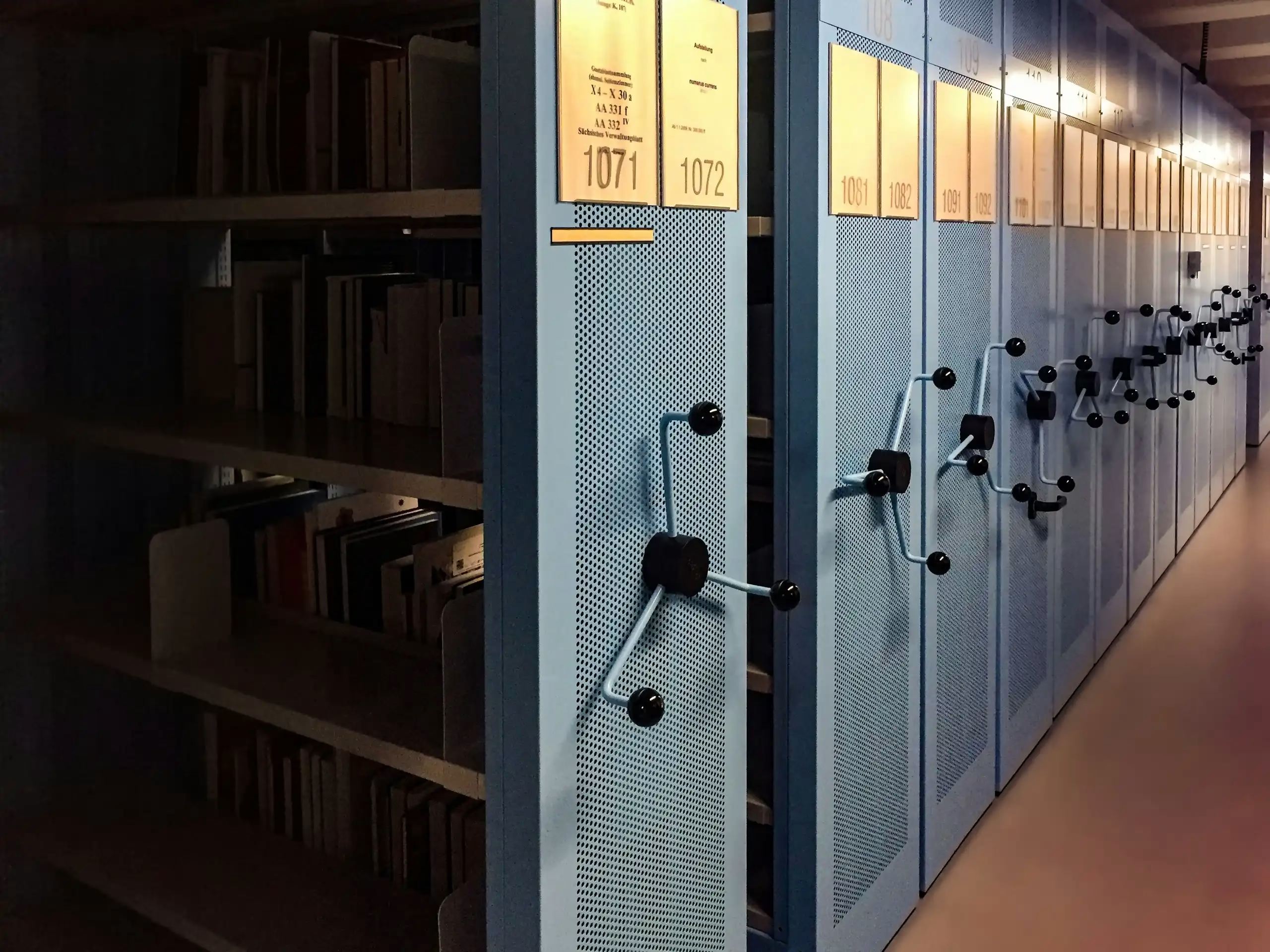Keeping digital records and preserving historical documents may not seem exciting, but in the world of data management, they are necessary activities that make sure important information is available, secure, and kept for a long time. To do that, let’s now check out a systematic approach that will make the process efficient and effective. Begin with organising your files: place them in a logical folder structure that mirrors content and purpose, as if using the Dewey Decimal System but for the digital age. Consistent and descriptive file-naming conventions become best friends from there—the mastermind technique to transform a chaotic digital attic into a streamlined library where retrieval is easy. Now, take it one step further and back up these digital treasures into two spaces: cloud storage and an external hard drive. Frequent backups are like making copies of the keys to those most precious vaults and protecting yourself from any number of unexpected disasters. Another key aspect is version control, which is like keeping a diary of all the changes your documents go through, letting you travel back in time to access older versions when the need arises. Choose file formats known to be stable and robust—PDF/A for documents and TIFF for images wears this mantle well.
Crafting a digital archive
Creating a digital archive is as much an art as it is a science. You will want to begin by deciding what you want to have in your archive, and then pick the groupings and organisation that fit well together. Where the magic happens: digitise your physical documents using a high-quality scanner that’s configured properly to produce clean and clear images. Use Optical Character Recognition to convert scanned documents into searchable text. Once digitised, place the files into the folder structure according to your pre-plan, and apply metadata tagging in order to support better searchability and categorisation. Here, too, it is necessary to make backups that will keep your digital archive intact, even in cases of catastrophic failure. Implementing access controls is non-negotiable to protect sensitive information from prying eyes.
It’s almost like fortifying a digital fortress to securely store your digital documents. Encrypt sensitive files at rest and when in motion to ensure they remain safe from unauthorised access. Strong, unique passwords and two-factor authentication add extra layers of security so that unauthorised access is as hard as scaling a wall. Upgrade your software and security protocols every time. Keep backup copies in multiple locations distributed geographically, so that hedge against possible data loss caused by physical disaster may effectively manage. Enforce access controls vigilantly and maintain activity logs to monitor and audit access; knowing who, what, when, and where might be crucial for identifying and mitigating breaches.
Preparation is key
Digitising old documents is a bit like the preservation and accessibility dance: You start by prepping the documents to remove bindings, staples, or contaminants that could harm the scanning equipment. Use high-resolution scanners with flatbed or planetary scanning capabilities to capture detailed images while treating fragile documents with dignity. Post-scanning, processing of digital images may be required to enhance readability—think colour correction and contrast adjustments.
OCR and indexing
This is followed by metadata tagging for future retrieval and studies. Archives scanning is basically the process of converting physical archives into their digital forms, but which maintain their historical and valuable information while saving the original documents from being subjected to the wear-and-tear of handling. High-resolution scans are often further enhanced with metadata tagging and OCR to make the documents searchable.
The ideal end result
The goal is the final set of archive records that have the ability to access any original material with better accessibility and preservation. Care needs to be taken in this particular regard during the scanning of historical documents, as damage is likely, and one would want the best possible digital reproduction. The assessment regarding the condition of the document, cleaning and repair for fragile ones, and high-resolution scanners shall be used in such a way that a detailed image will be gotten without pressure on the document. Handling documents of this kind with gloves, supports, and the designed manner of keeping them flat and stable during scanning are part of this activity. Post processing incorporates improvement done in image clarity as well as the metadata application for organisation and retrieval. By following these best practices, you can manage effectively and keep your digital and historical documents to assure that they remain accessible and safe for many generations.
